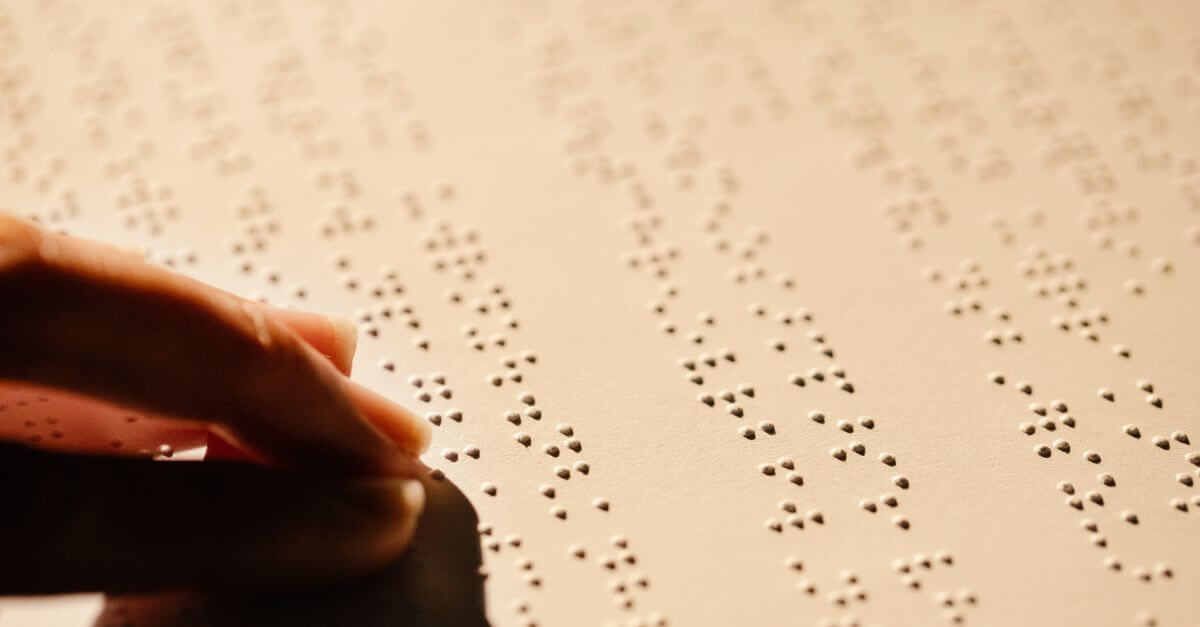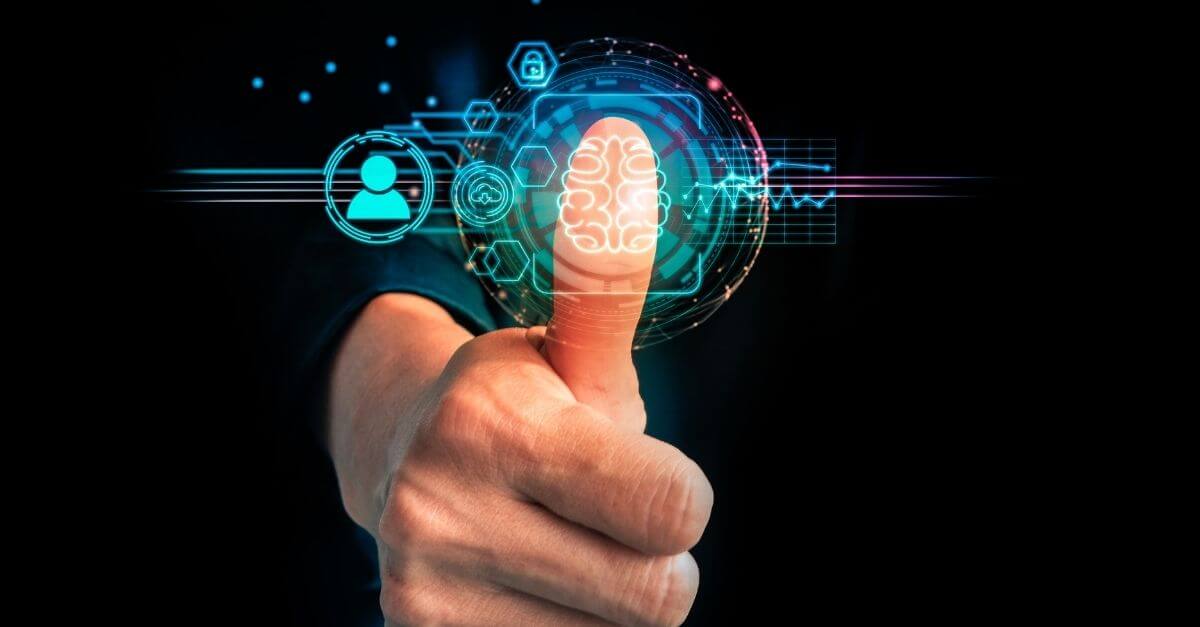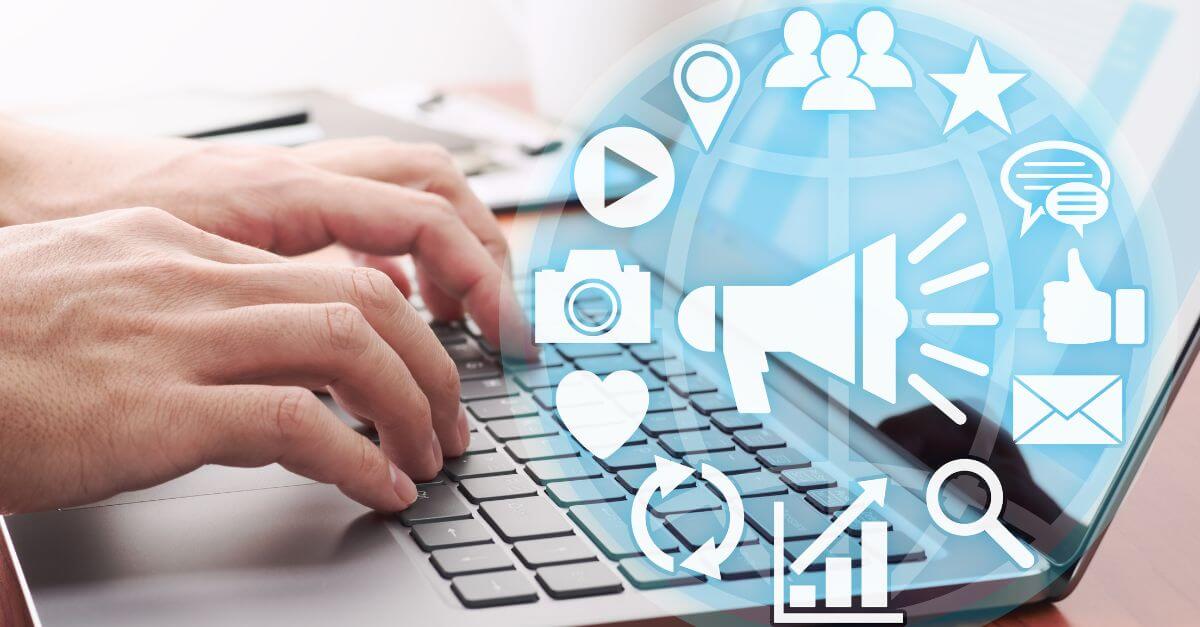Digital accessibility: Do you know what a braille line is?

Make the day-to-day life of people with disabilities easier. That is the objective of several projects of new technologies, such as the braille line. These systems increase digital accessibility to those who have vision problems. Something really important in the computerized world in which we are living.
What is digital accessibility?
Break down internet barriers for people with disabilities. This is the most concrete and simplest definition of digital accessibility. Specifically, it is about making apps, websites and other digital tools accessible to everyone.
For years now, developers have been working with the
WCAG
or guidelines for accessibility to web content, which you can consult here. This is nothing more than an international standard based on four basic principles, and which guarantee accessibility for people with disabilities:
- Perceptible. Both information and elements must be easily perceived by the senses. There should be nothing invisible or undetectable.
- Operable. Nowadays, websites and apps are full of interactive elements, such as controls or buttons. According to WCAG these must be able to be physically operated, by swiping, clicking on them or scrolling them.
- Comprehensible. The information must be clear and conscious, as well as presented in an appropriate way so that the user who consults it understands the content easily.
- Robust. The content presented by the website or app must be compatible with different technologies, such as assistive devices.
As you can understand, the absence of one or more of these principles on a page or website, makes it inaccessible to all users.
The braille line, a device that guarantees accessibility
In line with this, the accessibility of devices is key to ensure that everyone can consult information and surf the internet. An example of this is the braille line, a support for people with vision difficulties to access information in a reading-writing system that they can touch, braille.
This device is a technical aid that achieves the output of the content in braille code. It is only necessary to connect an electronic device via Bluetooth or USB to fulfill its function. It consists of a set of cells, 6 or 8 points, that go up and down. This allows them to create letters in that code. Thus, it translates the content that appears on the screen and makes it accessible to people with disabilities.
There are other more complete devices. These are the ones that combine the braille line with a braille keyboard. Using these, the user can not only read in a read-write system that understands the content of the site, but can also communicate. This is because you can type with the keystrokes found at the top. They usually also vary between six and eight.
In the most popular braille lines several parts are distinguished:
- The cells, out of 14, composed of 6 or 8 points, and that interpret the text.
- Next to it are two keys. One of them, which is above, is the usual enter of the keyboards. And another, rectangular in shape, allows you to navigate the device connected to the line.
- In the center there is a key that corresponds to space.
- On both sides of the latter there are two buttons that allow you to advance in the reading (on the right side) or go back on what has already been read (the one on the left).
- In the upper line, and in case it is a device that allows typing, there are special keys. With them, blind or deafblind people can write in braille code and the device interprets that information in text format.
Large companies are committed to digital accessibility
As explained above, digital accessibility is a pending issue. But many are already working on it, and want the contents of their websites or apps to be accessible to everyone.
For example, Pasiona’s digital accessibility department has worked on Repsol’s proposal, with satisfactory results. The proposal of the multinational was simple: they wanted all people to be able to access the documentation of the Shareholders’ Meeting. So from pasiona they worked on it and got that anyone who wanted it could consult the information in a totally autonomous way, avoiding intermediaries. This was achieved thanks to the conversion of the documentation to accessible.
Why it’s important to practice digital accessibility
In a digitalized world like the one we are living, it is important to integrate everyone, no one should be left behind, and a disability should not be a reason for it. This is why large companies, as well as small ones, must work on their content to ensure digital accessibility for people with disabilities.
Another term to think about is the difference it makes in terms of competitiveness. Companies that are committed to accessibility are marking a differential line with others in the same sector, bringing the message, services and products to more people.
In addition to expanding the spectrum of leads that can be obtained, the vision that users have of that company will improve. And it is that betting on accessibility is perceived by users as a commitment to inclusion and diversity, becoming a more humanized brand. The latter is a big draw for consumers.
Finally, digital accessibility is highly valued in organic search engine positioning , SEO. Accessible sites are more visible and attract the attention of more users.
In pasiona we can help companies achieve these objectives, and for this we invite you to contact our commercial department. We will work to make your services more accessible and that all your users can access them.
Accessibility Guidelines, Braille Line, Digital accessibility, WCAG
Go back


